In the Mishna, Shabbat 7:2 we find a list of the 39 melachot. The melachot are the types of handiwork necessary to create the mishkan, our people’s sacred tabernacle, the dwelling place for G-d. Below is this list of extensive artisanship, divided by category, employed to build the lavish temple of gold, woods, lapis, skins and tapestries.
For production, the following field work was necessary: sowing, plowing, reaping, binding sheaves, threshing, winnowing, selecting, grinding, sifting, kneading and baking.
To weave curtains, careful hands engaged in: shearing wool, cleaning, combing, dying, spinning, stretching the threads, making loops, weaving threads, separating the threads, tying a knot, untying a knot, sewing and tearing. For the leather curtains keen eyes and skills included: trapping, slaughtering, skinning, tanning, smoothing, ruling lines and cutting.
Precise planning, assembly and relocation required strong hands and backs for: writing, erasing, building and breaking down. Finishing touches demanded persistent mental and emotional focus to: extinguish a fire, kindle a fire, strike a final hammer blow and carry.
At first glance this list can seem out-of-date, far removed from our day-to-day reality. Examined closer, this list still, hauntingly perhaps, describes our lives.
Each day we light fires and put them out. We break things and build. We plant and harvest, tear and smooth. Six days a week we effort, tirelessly to create sacred space: a safe home for our family, a productive profession, food on the table and warmth in our hearts. This list, according to our tradition, is the recipe for divinely inspired creativity. The urgent objective: to create a space within which G-d dwells.
In the year 200 C.E., the rabbis of the Mishna wrestled to reclaim Jewish tradition. Our Temple was destroyed. Our homeland displaced. Incense, animal sacrifices and long treks to Jerusalem were no longer accessible rallying calls for spiritual continuity. In response, with elegance, precision and direct appropriation of the text, they lifted this recipe up to the sky and saw that on the other side of creativity was cessation. G-d’s design.
The result: rather than a place in which G-d dwells with us, Shabbat is a time in which we dwell with G-d.
The 39 melachot and their raw, creative, earthiness once built a palace of space. Now, the list of 39 acts teaches us to build a “palace in time,” as Rabbi A.J. Heschel describes. We stop building in order to experience that which already exists. We stop creating in order to be created. We rest in order to receive, kabbel, renewal.
“1, 2, 3, 4, 5, 6, 7!”
“1, 2, 3, 4, 5, 6, 7!”
One day in rabbinical school, my teacher, Rabbi Nehemia Polen, sprang up and danced and sang the numbers above. When he came to the number 7 he stomped his feet and stopped suddenly. At this he said, “We spend six days working: creating, weaving, tying and untying and then, on the seventh day, the rhythm pauses, the generative dance of creation seeks rest, seeks Shabbat.”
So what are the elements of this pause, the seventh beat? On Shabbat we stop building. The 39 acts of creative work, the lamed tet melachot, and their manifestations, are prohibited on Shabbat. This stop is the pause, for us and for creation.
The artisan’s list is an invitation; an almost 4,000-year-old family recipe, passed down through the generations. A visceral initiation, it offers a pattern to follow methodically, with our whole body, to set down our tools, look luxuriously away from screens, power down and untie our knots.
Then, we set down our bundles. We cover a table in a simple white cloth. We light two candles and place our hands on humble loaves. We sit with others or alone. Our home becomes a temple, our heart our offering. The blueprint recedes. The artist, architect, weaver and farmer retreat into the silence of the seventh beat. The art of glorious rest.
My latest article published in the Cape Town Jewish Chronicle. Link to printed article below. Fun pics too.

